5 Habits that Damage Your Bones
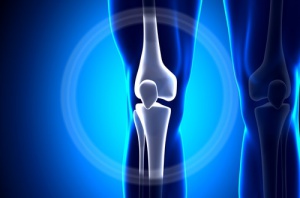

Written and verified by psychologist Valeria Sabater
We eat incorrectly, we carry too much weight in our bags, we live a sedentary life, and slowly, as the years go by, aches and problems develop. So, how can you avoid that? Keep reading and we’ll tell you some important habits to avoid so that you don’t damage your bones!
Daily habits that damage bones
Let’s get this clear: your current lifestyle determines your future bone health. Your bones need certain types of care and specific dietary nourishment to prevent diseases like osteoporosis, general wear and tear, hips fractures…etc. There are some common bad habits that are worth avoiding if you want to prevent bone damage.
1. A diet that’s bad for your bones
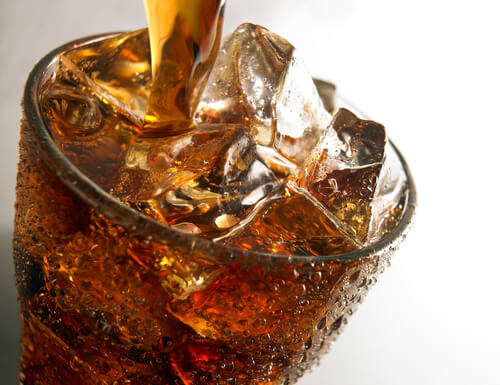
We all know that body mass index depends on the amount of calcium in your body, among other things. It’s also helpful for keeping your bones strong and firm. Another essential nutrient for bone health is vitamin D. But, how many of us really make an effort to get as much of it in our diet as we should?
Unfortunately, even if you have a good daily calcium intake, there are certain foods that prevent it from helping you at all. This is because some of the things in them can actually decrease the calcium levels in our bones. Do you want to learn what they are?
- Sodas, especially cola drinks. Why? Because they’re high in phosphoric acid, which reduces calcium absorption. So, it’s better to avoid them. Your kidneys also suffer a ton when they have to process these carbonated beverages.
- Coffee. It’s true, a cup of coffee is good for a lot of things, we won’t deny that. But it’s best not to never have more than two cups a day. Coffee contains xanthines, which increase the amount of calcium you expel through urine. That can cause your bones to demineralize slowly. Remember: don’t drink more than two cups a day.
- Salt. We all know that salt is bad, but is also robs calcium from the body. It’s better to avoid it, including products that contain it. It’s especially important to reduce your consumption of cured meats, preservatives, canned foods, snacks, and salty crackers.
- Red meat. This is especially harmful for the bones. Red meats are rich in sulfur-containing amino acids. These elements can increase the amount of calcium you release through urine, without you even noticing. It’s safer to get your protein from plant-based sources.
You might like:
7 Facts All Coffee Lovers Should Know
2. Lack of sleep
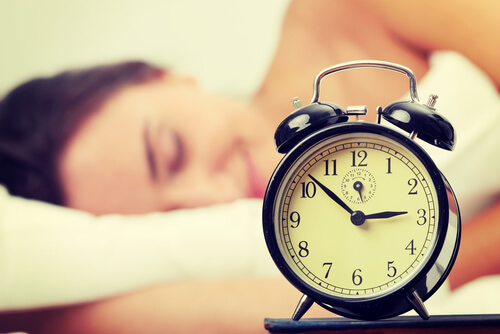
Sleep is an indispensable biological need. Your body goes through cycles of cleansing and detoxifying, processes that start in the lymphatic system and continue to the liver. These slowly restore and re-balance basic bodily functions. But they can only happen when you’re in a state of deep sleep.
New studies have suggested that not sleeping well damages bone health and bone marrow. It can also create problems with bone mineralization. That could lead to osteoporosis later in life. So, stick to a routine and avoid bad sleep habits if you don’t want to damage your bones.
3. Don’t smoke
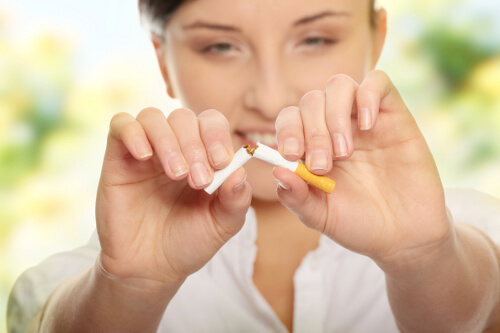
4. Be careful with bags and high heels
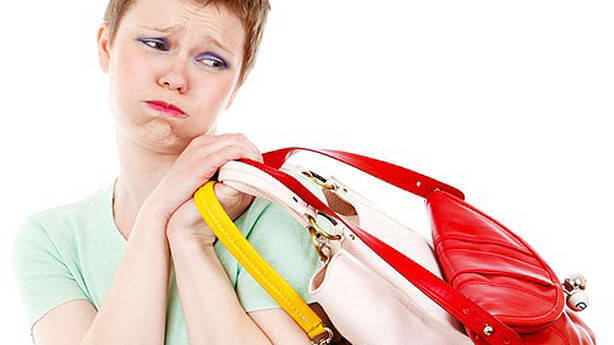
Short-term, you deal with pain and fatigue from wearing them. But after many years you could suffer from more serious problems. This is why it’s better to choose a medium height high heel that’s more comfortable. They won’t make you look any less attractive.
We also need to talk about bags. Some women carry up to 10 kilos (23 pounds) in their bag without realizing it. This causes discomfort, pain, muscle cramps…it could even affect your bone structure. You need to keep in mind the size of bag you’re using every day, because it can affect other areas too, like the shoulders, arms and hands.
You need to be especially careful with large bags and totes. Only carry them on one shoulder for a certain period of time, and don’t load them down too much. Purses or satchels cause the weight to fall on your shoulders, and even the hand you use to hold them up.
Depending on the circumstances and how you hold your bag, you could even end up with tennis elbow. If this sounds like you, try reducing the weight and change arms every once in a while.
Read more:
So, what’s they best option? The healthiest thing for your back, arms and shoulders is an over-the-shoulder bag with a wide, cushioned strap that easily tightens and balances to your body.
5. Sedentary life? No thanks
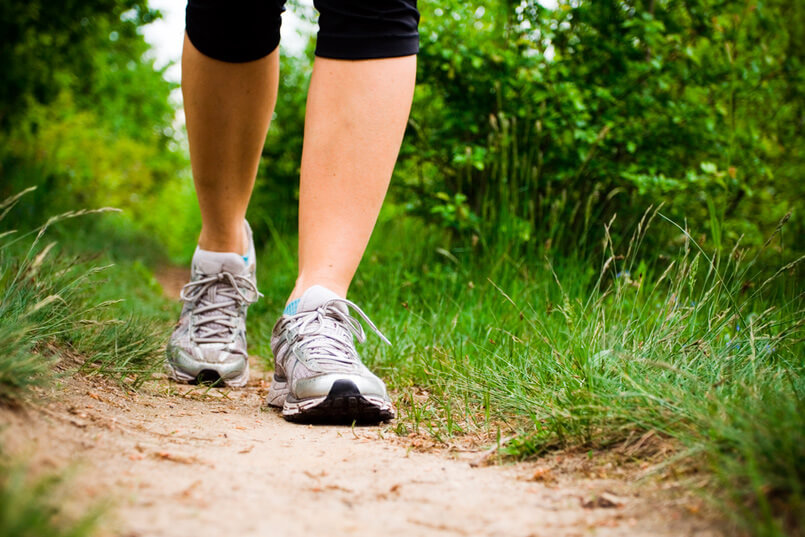
When it comes to work, which might involve sitting all day, or if you just live a sedentary lifestyle, it’s never too late to make sure you don’t slouch!
Your bones grow weak, lose their strength and agility, your joints aren’t as strong anymore…year after year you’ll feel the consequences from being sedentary. Why not try taking a walk with a friend every day? Give it a shot!
All cited sources were thoroughly reviewed by our team to ensure their quality, reliability, currency, and validity. The bibliography of this article was considered reliable and of academic or scientific accuracy.
- Bailey, C. A., & Brooke-Wavell, K. (2008). Exercise for optimising peak bone mass in women: Postgraduate Symposium. Proceedings of the Nutrition Society, 67(1), 9-18. Available at: https://doi.org/10.1017/S0029665108005971. Accessed 02/03/2020.
- Eastell, R., & Lambert, H. (2002). Diet and healthy bones. Calcified Tissue International, 70(5), 400. Available at: https://search.proquest.com/openview/3c30453ffc0d832331359a1752ed3260/1?pq-origsite=gscholar&cbl=48445. Accessed 02/03/2020.
- Forwood, M. R., & Larsen, J. A. (2000). Exercise recommendations for osteoporosis. Aust. Fam. Physician, 29, 761-764. Available at: http://anzbms.org.au/resources/policies/osteo_exercise.pdf. Accessed 02/03/2020.
- Glassy, C. M., Glassy, M. S., & Guggenheim, C. (2013). Relationship between self-reported high-heeled shoe use and bone mineral density using quantitative ultrasound at a community health fair. Clinical rheumatology, 32(1), 37-41. Available at: https://link.springer.com/article/10.1007/s10067-012-2088-z. Accessed 02/03/2020.
- Kregiel, D. (2015). Health safety of soft drinks: contents, containers, and microorganisms. BioMed research international, 2015. Available at: https://doi.org/10.1155/2015/128697. Accessed 02/03/2020.
- Mayo Clinic (2019). Salud ósea: consejos para mantener los huesos sanos. Available at: https://www.mayoclinic.org/es-es/healthy-lifestyle/adult-health/in-depth/bone-health/art-20045060. Accessed 02/03/2020.
- MedlinePlus (2019). Dormir bien. Available at: https://medlineplus.gov/spanish/healthysleep.html. Accessed 02/03/2020.
- Mika, A., Oleksy, L., Mika, P., Marchewka, A., & Clark, B. C. (2012). The effect of walking in high-and low-heeled shoes on erector spinae activity and pelvis kinematics during gait. American journal of physical medicine & rehabilitation, 91(5), 425-434. Available at: https://journals.lww.com/ajpmr/Abstract/2012/05000/The_Effect_of_Walking_in_High__and_Low_Heeled.7.aspx. Accessed 02/03/2020.
- National Institute of Arthritis and Musculoskeletal and Skin Diseases (2014). Osteoporosis: Esenciales: hojas informativas de fácil lectura. Available at: https://www.bones.nih.gov/health-info/bone/espanol/osteoporosis/osteoporosis-ff-espanol. Accessed 02/03/2020.
- Sasaki, N., Fujiwara, S., Yamashita, H., Ozono, R., Teramen, K., & Kihara, Y. (2016). Impact of sleep on osteoporosis: sleep quality is associated with bone stiffness index. Sleep medicine, 25, 73-77. Available at: https://doi.org/10.1016/j.sleep.2016.06.029. Accessed 02/03/2020.
- Teucher, B., Dainty, J. R., Spinks, C. A., Majsak‐Newman, G., Berry, D. J., Hoogewerff, J. A., … & Fairweather‐Tait, S. J. (2008). Sodium and bone health: impact of moderately high and low salt intakes on calcium metabolism in postmenopausal women. Journal of bone and mineral research, 23(9), 1477-1485. Available at: https://doi.org/10.1359/jbmr.080408. Accessed 02/03/2020.
- Wong, P. K., Christie, J. J., & Wark, J. D. (2007). The effects of smoking on bone health. Clinical Science, 113(5), 233-241. Available at: https://doi.org/10.1042/CS20060173. Accessed 02/03/2020.
This text is provided for informational purposes only and does not replace consultation with a professional. If in doubt, consult your specialist.








